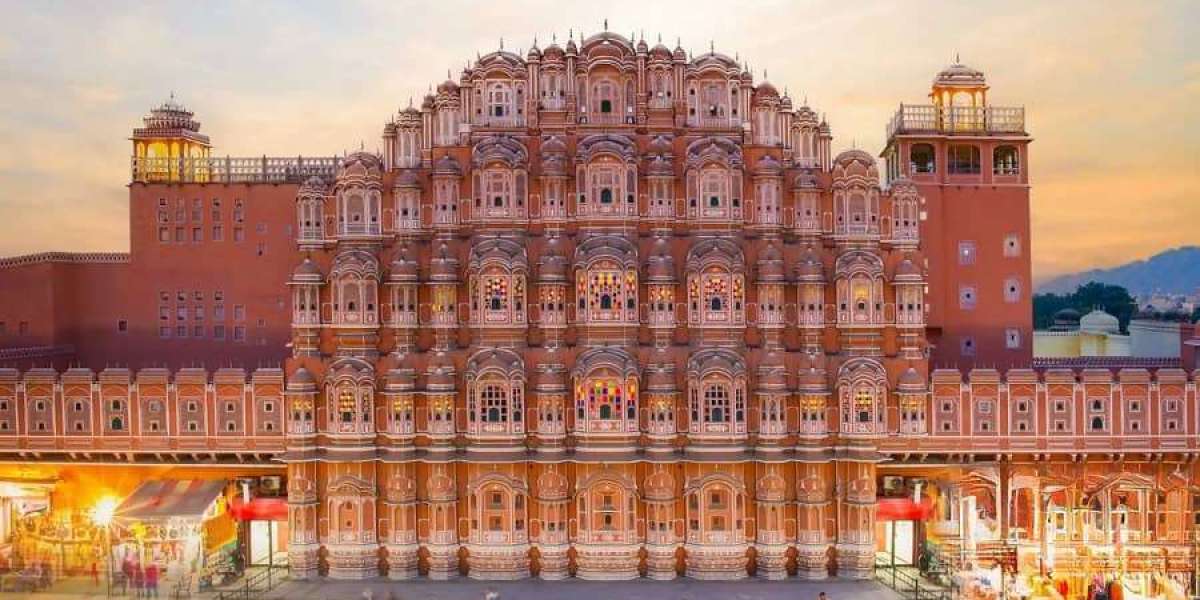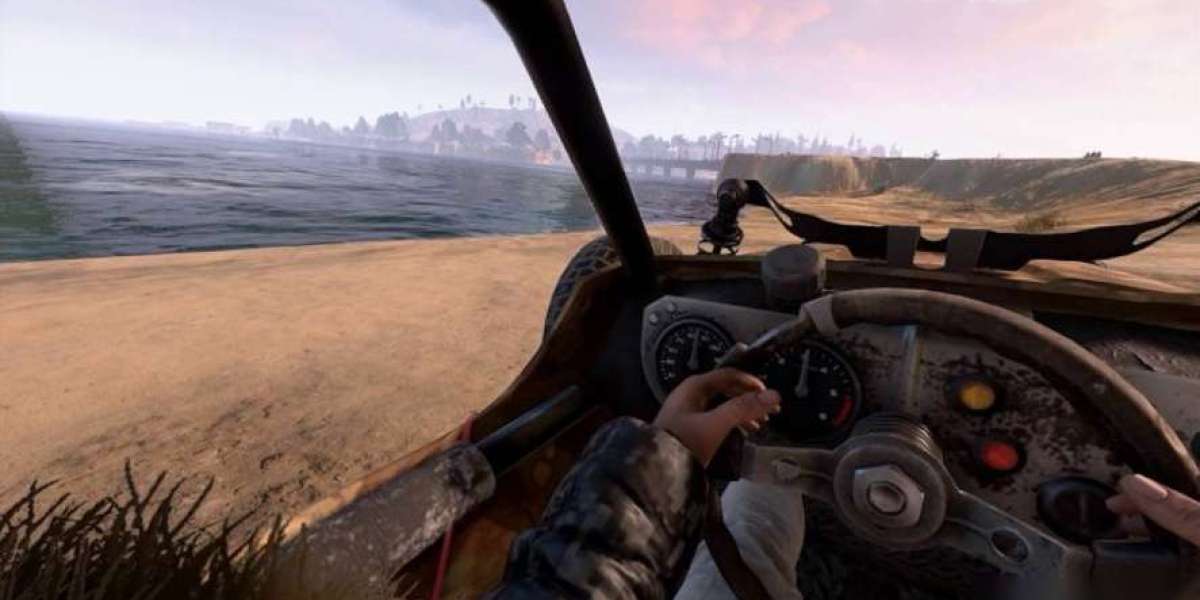Jaipur, also known as the Pink City of India, is one of the most photogenic destinations in the country. Every corner of this city looks like a colorful frame ready for a camera shot. From royal palaces and historic forts to lively bazaars and calm lakes, Jaipur has everything a photographer dreams of capturing.
If you love photography, Jaipur will fill your camera with magic. The city offers endless photo opportunities for every type of photographer—whether you love architecture, street life, portraits, or landscapes.
In this blog, we’ll explore the best places for photography in Jaipur, why the city attracts photographers from all over the world, and how you can make the most of your photo journey here.
Why Jaipur is a Photographer’s Dream
Jaipur is a paradise for anyone who loves to capture colors, culture, and creativity. The city has a royal charm that blends perfectly with the modern lifestyle. Here’s why photographers love Jaipur so much:
Rich Heritage and Architecture – The city is full of grand forts, palaces, and havelis. Every building tells a story of Rajput glory.
Vibrant Colors – The pink walls of the old city, colorful turbans, traditional dresses, and decorated elephants make Jaipur lively and picture-perfect.
Cultural Diversity – Festivals, street markets, traditional dances, and local people give photographers endless moments to capture.
Golden Light – Jaipur enjoys clear skies and warm sunlight, which adds a natural glow to photos—especially during sunrise and sunset.
Unique Backdrops – From historic forts to desert landscapes, Jaipur offers a wide range of backgrounds for portraits and travel photography.
With so many shades of history and culture, Jaipur is not just a city—it’s a frame waiting to be captured.
Best Places for Photography in Jaipur
Let’s explore the top spots that every photographer must visit in Jaipur. Each place has its own charm and offers unique photo opportunities.
1. Hawa Mahal – The Palace of Winds
Hawa Mahal is one of Jaipur’s most iconic landmarks. Its honeycomb-like structure with 953 small windows looks stunning in every light.
Photography Tips:
Capture the front façade from across the road for a full view.
Visit early morning for soft light and fewer crowds.
Shoot from the Tattoo Café rooftop opposite the palace for a perfect angle.
The patterns of windows create a beautiful play of light and shadow.
2. Amber Fort (Amer Fort)
Amber Fort sits on a hill overlooking Maota Lake. Its golden sandstone walls shine beautifully under sunlight. The fort has grand courtyards, mirror halls, and long passageways—perfect for dramatic shots.
Photography Tips:
Capture the reflection of the fort in Maota Lake.
Golden hour (morning or evening) offers the best lighting.
The Sheesh Mahal (Mirror Palace) provides creative opportunities for close-up shots.
Elephants walking up the fort ramp add a royal touch to your frame.
3. City Palace
The City Palace is the heart of Jaipur’s royal heritage. Its blend of Rajasthani and Mughal architecture makes it a favorite among photographers. The palace complex includes stunning gates, courtyards, and museums.
Photography Tips:
Don’t miss the Pritam Niwas Chowk, where four gates represent different seasons.
The Peacock Gate is especially famous for its detailed artwork.
Capture wide shots to showcase the symmetry of the palace.
Early morning is the best time for less crowd and soft natural light.
4. Jal Mahal – The Water Palace
Jal Mahal sits peacefully in the middle of Man Sagar Lake. Its reflection in the water during sunrise and sunset creates a magical scene.
Photography Tips:
Best time for photos is early morning or sunset.
Use a telephoto lens to get close-up details.
Capture long-exposure shots to make the water look smooth.
The palace is not open for entry, so shoot from the roadside viewpoint.
5. Nahargarh Fort
Nahargarh Fort offers the best panoramic views of Jaipur city. It stands on the edge of the Aravalli Hills and glows beautifully during sunset.
Photography Tips:
Sunset is the golden hour for this spot.
Capture wide shots of Jaipur’s city lights after dusk.
Use the fort’s walls as a natural frame for creative compositions.
Try silhouette shots of people against the orange sky.
6. Jaigarh Fort
Located near Amber Fort, Jaigarh Fort is known for its massive walls, watchtowers, and the world’s largest cannon on wheels—Jaivana. The fort’s rustic charm makes it great for vintage-style photography.
Photography Tips:
Use the arched doorways for framing.
Shoot in morning light to capture the details of the red stone.
Capture wide shots of the fort walls stretching along the hills.
Combine your visit with Amber Fort for a complete royal experience.
7. Albert Hall Museum
The Albert Hall Museum is a masterpiece of Indo-Saracenic architecture. It looks especially beautiful at night when the building lights up.
Photography Tips:
Capture during golden hour for warm tones.
Try night photography when it’s illuminated.
Wide-angle shots work best to capture the full building.
Capture pigeons flying around the museum for an artistic shot.
8. Patrika Gate – Jawahar Circle
Patrika Gate is one of the most Instagram-famous spots in Jaipur. Its colorful painted corridors show Jaipur’s culture, traditions, and royal history.
Photography Tips:
Early morning or late afternoon light enhances colors.
Use the central pathway for symmetrical shots.
Capture creative portraits framed by the colorful arches.
Avoid weekends to skip crowds.
9. Panna Meena ka Kund
This stepwell near Amber Fort is a hidden gem. The symmetrical steps and geometric design make it a favorite among photographers who love patterns and architecture.
Photography Tips:
Capture top-down shots to highlight symmetry.
Early morning is best for soft light.
Avoid standing on steps (it’s restricted).
Use wide lenses for dramatic effect.
10. Johari Bazaar and Bapu Bazaar
For street and cultural photography, nothing beats the bazaars of Jaipur. The markets overflow with colors, jewelry, textiles, and handicrafts. You can capture the real essence of Jaipur’s daily life here.
Photography Tips:
Capture candid shots of shopkeepers and artisans.
Shoot during the day when light fills the lanes.
Focus on the colors and details of products.
Always ask for permission before taking close-up portraits.
11. Galtaji Temple (Monkey Temple)
Galtaji Temple sits between hills and has natural water springs and sacred tanks. Monkeys roam freely here, making it lively and full of character.
Photography Tips:
Capture sunrise or sunset for golden light.
Use telephoto lenses for monkey portraits.
Focus on reflections in the temple pools.
Respect local traditions while photographing.
12. Sisodia Rani Garden
This garden is perfect for floral and architectural photography. It has fountains, green lawns, and mural-painted walls that make every frame elegant.
Photography Tips:
Visit in the morning when light is soft.
Capture patterns of the garden’s symmetrical layout.
Use wide shots to include both flowers and structures.
Great for pre-wedding or portrait sessions.
13. Jaipur City Streets
Sometimes, the best photos come from wandering around. The old city lanes are full of pink buildings, street vendors, and painted doors that tell stories of Jaipur’s charm.
Photography Tips:
Capture portraits of locals in traditional attire.
Shoot colorful doors, windows, and vintage cars.
Early morning light adds a warm glow.
Blend in with the environment for natural shots.
Bonus Spots for Photography Enthusiasts
If you want to explore beyond the main tourist spots, Jaipur has many hidden corners that are equally photogenic.
1. Chand Baori (Abhaneri Stepwell)
Located around 95 km from Jaipur, Chand Baori is one of the deepest stepwells in India. Its 3,500 steps arranged in perfect geometry look stunning in every frame.
Tip: Use a wide-angle lens to capture its vast symmetry.
2. Royal Gaitor Cenotaphs
This peaceful site holds marble cenotaphs of Jaipur’s former kings. The carvings and arches make it ideal for heritage photography.
Tip: Visit in the morning for soft light and solitude.
3. Statue Circle and Central Park
Perfect for cityscape and night photography. Capture Jaipur’s modern side lit up beautifully after sunset.
Tip: Experiment with long exposures for light trails.
4. Jawahar Kala Kendra
This art and cultural center showcases modern architecture. Its symmetrical design and creative patterns are great for abstract photography.
Tip: Visit during exhibitions or events for cultural portraits.
5. Sanganer Village
Famous for handmade paper and block printing, this village gives a glimpse of Jaipur’s traditional crafts. It’s great for lifestyle and documentary photography.
Tip: Capture artisans while they work on colorful fabrics.
Tips for Photographers Visiting Jaipur
Here are some simple but useful tips to help you make the most of your photography tour in Jaipur:
Plan Your Timing – Shoot early in the morning or during sunset for the best natural light.
Respect Local Culture – Always ask before taking someone’s photo, especially in temples or markets.
Use Comfortable Gear – Carry a lightweight tripod, wide-angle lens for architecture, and a zoom lens for portraits or wildlife.
Stay Hydrated – Jaipur’s weather can get hot, especially during summer. Keep water handy.
Explore Offbeat Spots – Don’t limit yourself to popular places. Jaipur’s small streets and local homes are full of hidden beauty.
Dress Appropriately – Wear comfortable clothes and shoes suitable for walking and the local culture.
Capture Moments, Not Just Monuments – Try to tell a story through your photos—include people, traditions, and emotions.
Golden Hours Rule – The best time for photography is 6:00 AM–9:00 AM and 4:30 PM–6:30 PM.
Keep Your Gear Safe – Use camera straps and waterproof covers during travel.
Be Creative – Play with angles, reflections, and light. Jaipur offers endless creative possibilities.
Best Time to Visit Jaipur for Photography
The best time to visit Jaipur for photography is October to March. The weather stays pleasant, skies are clear, and the sunlight is soft.
Seasonal Guide:
Winter (October–March): Perfect for golden light, festivals, and outdoor shoots.
Summer (April–June): Hot but ideal for capturing less-crowded landmarks.
Monsoon (July–September): The city looks fresh and green, great for nature and landscape photography.
Festival Season:
If you love cultural photography, visit during major festivals like Teej, Holi, or Diwali. The streets come alive with colors, dances, and traditional attire.
Golden Hour Tip:
Sunrise from Nahargarh Fort and sunset at Jal Mahal are two of the best experiences for photographers in Jaipur.
Conclusion
Jaipur is a city that never stops inspiring photographers. Every wall, window, and street tells a story of history, color, and life. Whether you love heritage photography, portrait shots, or vibrant markets, Jaipur gives you endless frames to capture.
From the royal Amber Fort to the peaceful Jal Mahal, from the colorful Patrika Gate to the busy bazaars—each place holds a piece of Rajasthan’s heart. You don’t just take photos in Jaipur; you capture emotions, traditions, and the warmth of its people.
So pack your camera, wear your most comfortable shoes, and let Jaipur paint your lens with its beauty. The Pink City is waiting for you—with a thousand frames ready to tell their story.








